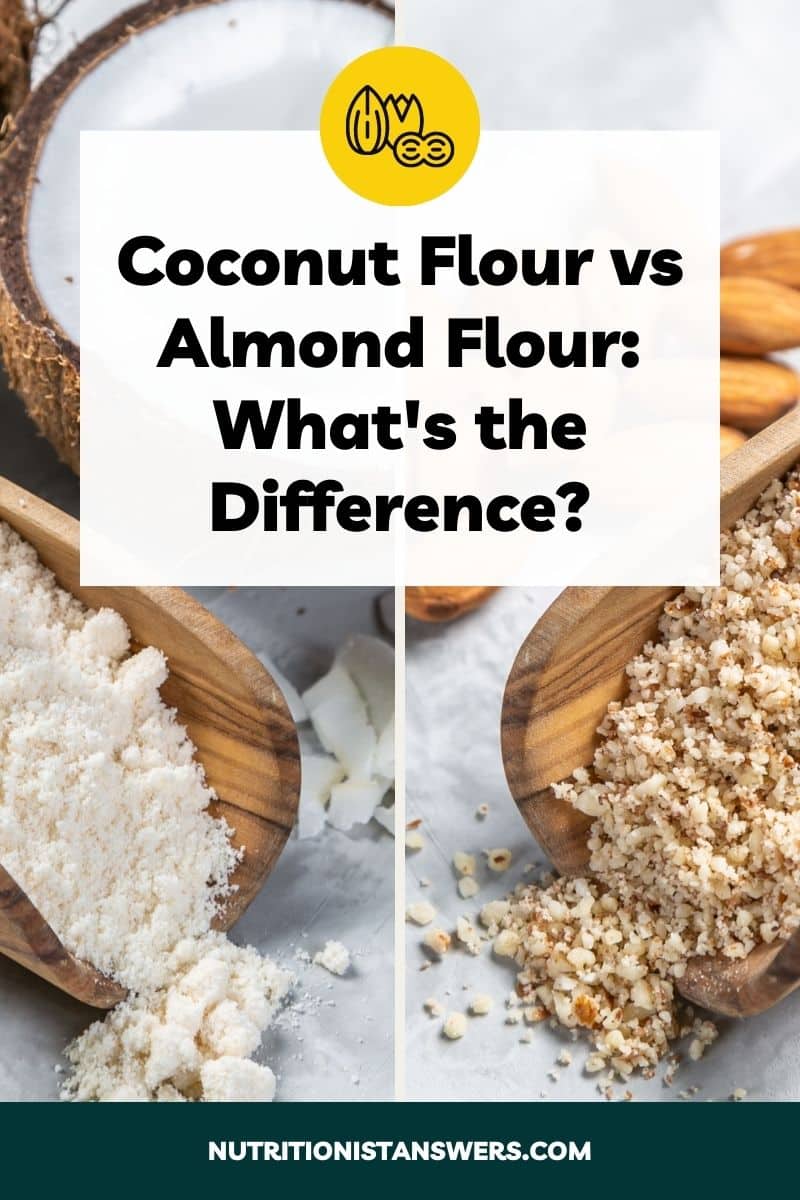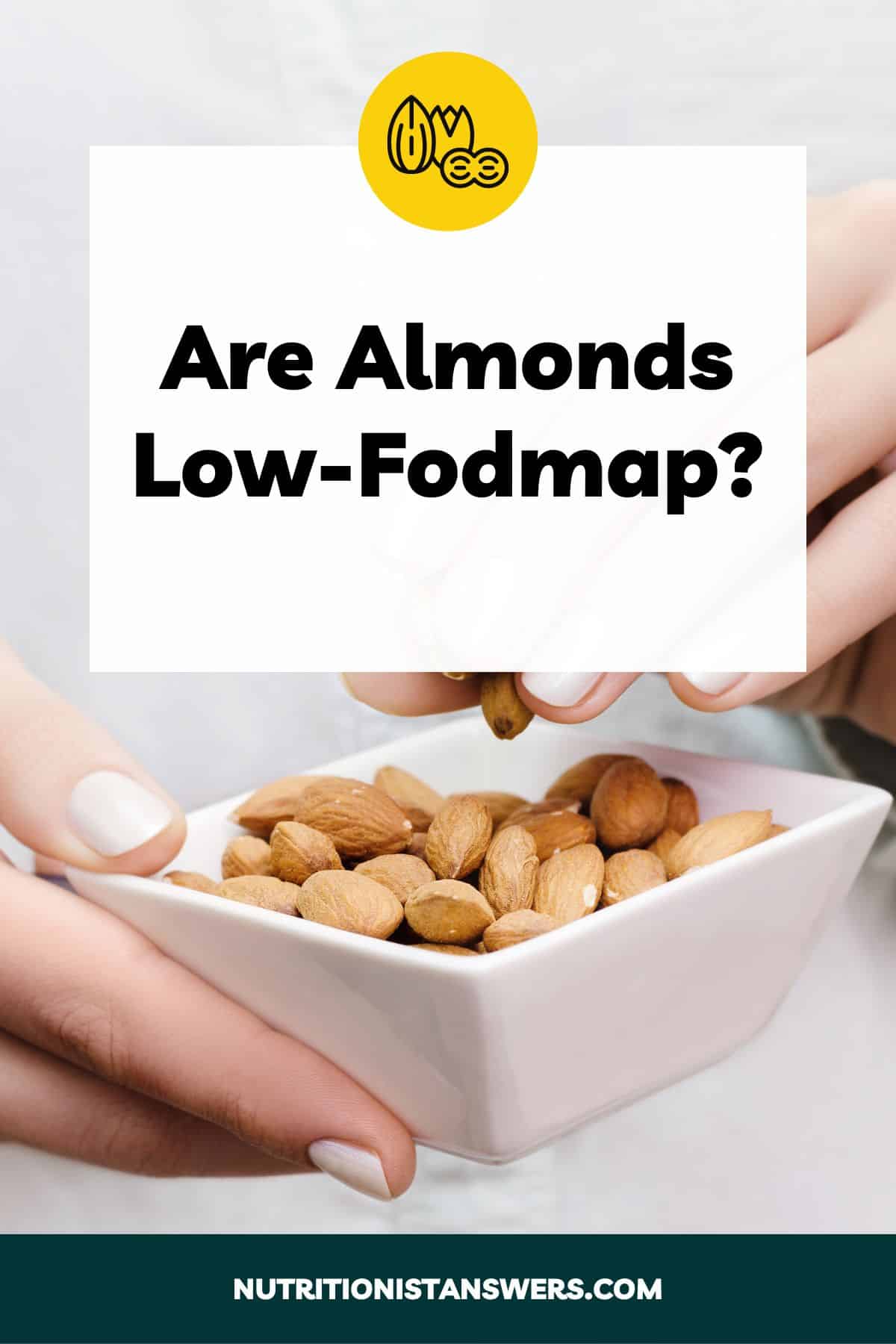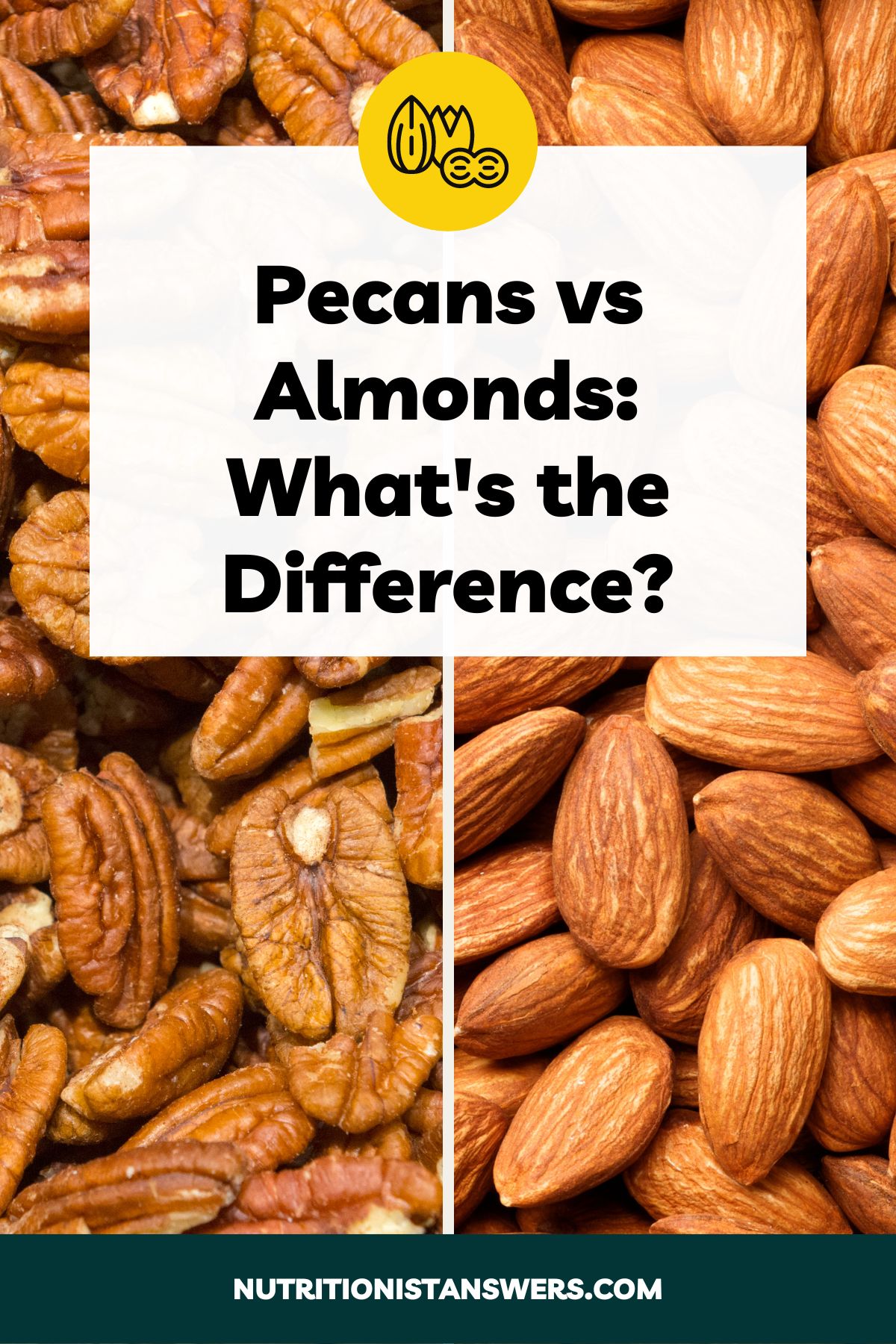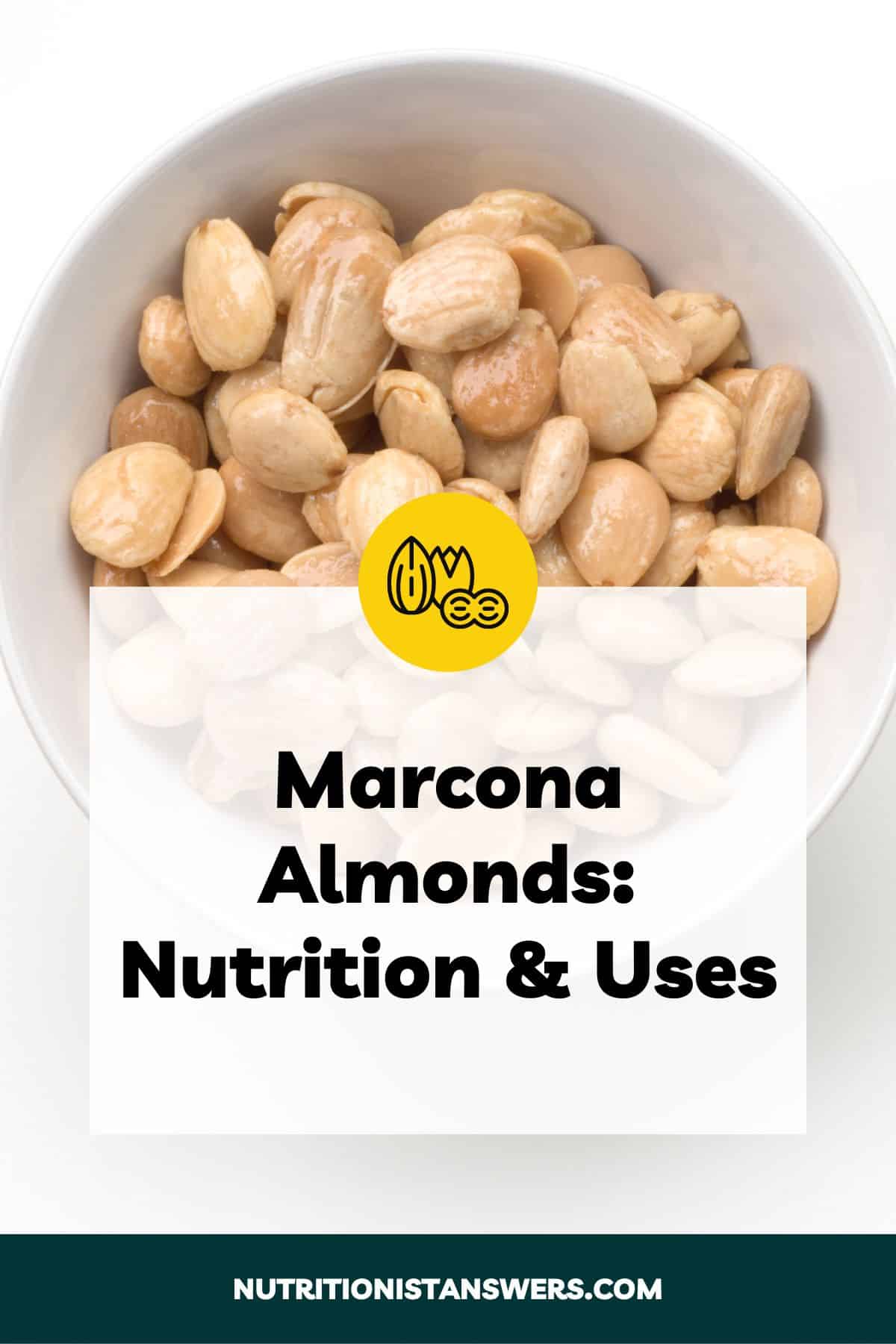Coconut flour and almond flour are both gluten-free, grain-free flour alternatives that are often used in low-carb, keto, paleo, and gluten-free diets.
Although both flours are suitable for cooking and baking, there are some notable differences to be aware of when choosing between the two.
In this article, we’ll explore the similarities and differences between coconut flour and almond flour, in terms of nutrition, taste, available forms, prices, and uses.
Please note that this article contains affiliate links. If you click one of these links and make a purchase, we may earn a commission. As an Amazon Associate, we earn from qualifying purchases.
What is coconut flour?
Coconut flour is made from coconut meat, the white inner flesh of mature coconuts, that is left over after processing for coconut oil or milk (1). It is thoroughly dried and then finely ground into flour.
This gluten-free, grain-free flour alternative tastes slightly sweet and has a mild coconut flavor. It is soft, white, and powdery — similar to all-purpose flour but much denser and more absorbent.
Coconut flour is used to make breads, muffins, pancakes, and other baked goods. It can also serve as a binder in meatballs and meatloaf, or as a coating for fried foods.
Look for coconut flour in the baking aisle at supermarkets and health food stores. It can also be purchased online.
What is almond flour?
Almond flour is a gluten-free, grain-free alternative to wheat flour. It is made from almonds that have been blanched (briefly boiled) to remove their skins, and then ground into a fine powder.
A similar product, called almond meal, is made from unblanched (unpeeled) almonds. It has a creamy white color with specks of brown almond skins and is coarser than almond flour.
Although they can be used interchangeably, almond flour is preferred for baking, while almond meal is best as a breadcrumb substitute.
Compared to all-purpose flour, both almond flour and almond meal have a coarser texture, creamier color, and sweeter, nuttier flavor. Their subtle almond flavor blends well with other ingredients.
You can find almond flour in the baking aisle of most supermarkets and grocery stores. Almond meal is a little less popular but is still available at many health food stores.
Coconut flour vs almond flour
Coconut flour and almond flour have similar uses in baking and cooking.
Almond flour tastes mild and nutty, while coconut flour has a slightly sweet, tropical flavor. Because coconut flour is more absorbent, it can result in drier baked goods unless extra liquid is added.
Coconut flour is lower in calories and fat but much higher in carbohydrates and fiber than almond flour. Both flours are good sources of minerals, including magnesium and copper.
Here’s a more detailed review of how they compare in terms of flavor, nutrition, available forms, and recommended uses:
Flavor comparison
Almond flour tastes nutty, mildly sweet, and has just a hint of bitterness.
Coconut flour is also slightly sweet but has a stronger coconut flavor that tends to be more prominent in dishes.
Both flours have a grainy texture, but coconut flour is much more absorbent and may result in a drier product if you don’t add enough liquid to your recipe.
Almond flour may be a better choice for dishes that require a lighter texture, while coconut flour shines in dense, moist muffins and cakes.
Nutrition comparison
Here’s a side-by-side comparison of the calorie and macronutrient content of coconut flour and almond flour, based on a ¼-cup (30-gram) serving size (2, 3, 4, 5):
| Nutrient | Coconut flour (30g) | Almond flour (30g) |
| Calories | 131 | 187 |
| Protein | 5 grams | 8 grams |
| Fat | 5 grams | 15 grams |
| Saturated fat | 4 grams | 1 gram |
| Carbohydrates | 18 grams | 5 grams |
| Fiber | 10 grams | 3 grams |
Calories
Almond flour is about 30% higher in calories than coconut flour. There are 187 calories in a ¼-cup serving of almond flour, while an equal serving of coconut flour provides 131 calories.
Protein
Both almond and coconut flour provide a good amount of protein. However, almond flour is almost 40% higher in protein, offering 8 grams per serving compared to coconut flour’s 5 grams.
Fat
In each ¼-cup serving, almond flour provides 15 grams of fat — that’s 3 times higher than coconut flour, which has only 5 grams of fat.
This might be surprising, considering almonds are naturally lower in fat than coconut meat (6, 7).
The difference is likely due to the way coconut flour is made, from coconut meat that has lost most of its fat after being processed to make coconut oil and coconut milk (1).
Carbohydrates
Coconut flour is more than 3 times higher in carbohydrates than almond flour. A ¼-cup serving of coconut flour has 18 grams of carbs, including 10 grams of fiber.
Almond flour contains 5 grams of carbs (3 of which are fiber) per serving, making almond flour the better choice for low-carb, ketogenic diets.
Additionally, almond flour is low-FODMAP, but coconut flour is not, so almond flour is the better choice for people on a low-FODMAP diet (in portions up to 1/3 cup.)
Vitamins and minerals
Here’s an overview of the vitamin and mineral content of coconut flour and almond flour, based on a ¼-cup (30-gram) serving (2, 3):
| Nutrient | Coconut flour (30g) | Almond flour (30g) |
| Sodium | 14 mg (1% DV) | <1 mg (<1% DV) |
| Potassium | 627 mg (13% DV) | 200 mg (4% DV) |
| Calcium | 11 mg (1% DV) | 70 mg (5% DV) |
| Phosphorus | 152 mg (12% DV) | 154 mg (12% DV) |
| Magnesium | 74 mg (18% DV) | 75 mg (18% DV) |
| Iron | 2.4 mg (13% DV) | 1 mg (6% DV) |
| Zinc | 1.1 mg (10% DV) | 0.8 mg (7% DV) |
| Copper | 0.6 mg (67% DV) | 0.3 mg (33% DV) |
| Manganese | 1.6 mg (70% DV) | 0.5 mg (22% DV) |
| Selenium | 8 mcg (15% DV) | 0.2 mcg (<1% DV) |
Coconut flour is higher in most minerals compared to almond flour.
In particular, coconut flour is an incredibly rich source of manganese and copper, while also providing a good amount of selenium, iron, potassium, and zinc.
Both almond and coconut flours provide similar amounts of phosphorus and magnesium — around 12% and 18% of the Daily Value (DV), respectively.
Meanwhile, almond flour is slightly higher in calcium than coconut flour, providing 70 mg (5% DV) per serving.
Unfortunately, we weren’t able to find information about the vitamin content of almond and coconut flour.
It’s likely that almond flour is high in vitamins that are found in almonds, such as vitamin E and riboflavin (7).
However, coconut meat provides less than 5% of the DV) per 30-gram serving for most vitamins. This means that coconut flour is probably also low in vitamins (6).
Available forms
1. Blanched (almond flour only)
Almond flour is typically made from blanched almonds that have been briefly boiled in order to remove their skins.
When ground into flour, blanched almonds have a smoother texture and a consistent off-white color. Blanched almond flour is preferred over unblanched almond flour for baking.
You’ll find blanched almond flour in the baking aisle at most supermarkets and health food stores. You can also purchase almond flour on Amazon.
2. Unblanched (coconut flour and almond flour)
Unblanched almond flour is often referred to as almond meal. Made from unpeeled almonds, it is cream-colored with tiny brown specks from the almond skins.
Almond meal has a coarser texture than almond flour and is ideal as a breadcrumb substitute for breaded meats and meatballs.
While less common than almond flour, many grocery stores carry almond meal in the baking aisle. You can also purchase almond meal on Amazon.
Coconut flour is only available unblanched. Blanching is unnecessary because coconut meat doesn’t have any skin that needs to be removed.
Look for coconut flour in the baking aisle at supermarkets and health food stores, or consider purchasing coconut flour online.
Cost
Almond flour is generally more expensive than coconut flour.
A 1-pound (454-gram) bag of almond flour typically costs $6-11, while coconut flour costs $4-6 for the same amount.
Get the most bang for your buck by buying these flours in bulk and storing them in the freezer to extend their shelf life.
Recommended uses
Coconut flour and almond flour can be used in many of the same ways.
1. In baked goods
Almond and coconut flour can be used in both sweet and savory baked goods, like cookies, pancakes, biscuits, and pizza crusts.
However, keep in mind that neither of these flours can truly replace wheat flour in recipes.
Because they don’t contain any gluten, which helps create the structure of baked goods, you’ll likely need to add ingredients, such as eggs or tapioca starch, to help bind the ingredients together.
Anything made with coconut flour will also need to include extra liquid, as it is very absorbent and can lead to dry, tough baked goods if there’s not enough moisture.
For best results, use recipes that have been developed specifically for use with almond or coconut flour.
2. In breaded meats and meatballs
Coconut and almond flour can be used as nutritious alternatives to bread crumbs for making breaded meats, meatballs, and meatloaf.
To use them as breading, first coat your chosen meat in egg wash, then dip it in almond or coconut flour until fully coated with flour. While cooking, take extra care to make sure the coating doesn’t burn.
When substituting almond or coconut flour for wheat flour in meatballs or meatloaf, you may need to add more liquid to keep the meat from drying out.
3. As a thickening agent
Almond and coconut flour can also be used in place of wheat flour for thickening sauces, soups, and stews.
You may need to adjust the amount of almond or coconut flour you use depending on how thick your sauce or soup is already. Start with 1-2 tablespoons and increase from there if needed.
Both flours can affect the flavor of the dish, but almond flour may be a better choice due to its more neutral flavor.
Final thoughts
Coconut flour and almond flour are gluten-free, grain-free alternatives to wheat flour. Almond flour tastes mild and nutty, while coconut flour is sweeter and has a tropical flavor.
Coconut flour is lower in calories and fat but much higher in carbohydrates and fiber than almond flour. Both flours are rich sources of many minerals, including magnesium and copper.
Both flours can be substituted for wheat flour in baking and cooking. Just keep in mind that you may need to add extra liquid or other ingredients to help bind everything together.
Amy Richter is a Registered Dietitian Nutritionist based in Missouri. She is an experienced nutrition writer and medical advisor for Healthline and Medical News Today. Amy is passionate about all things food-related and enjoys translating complex science into easy-to-understand articles.





